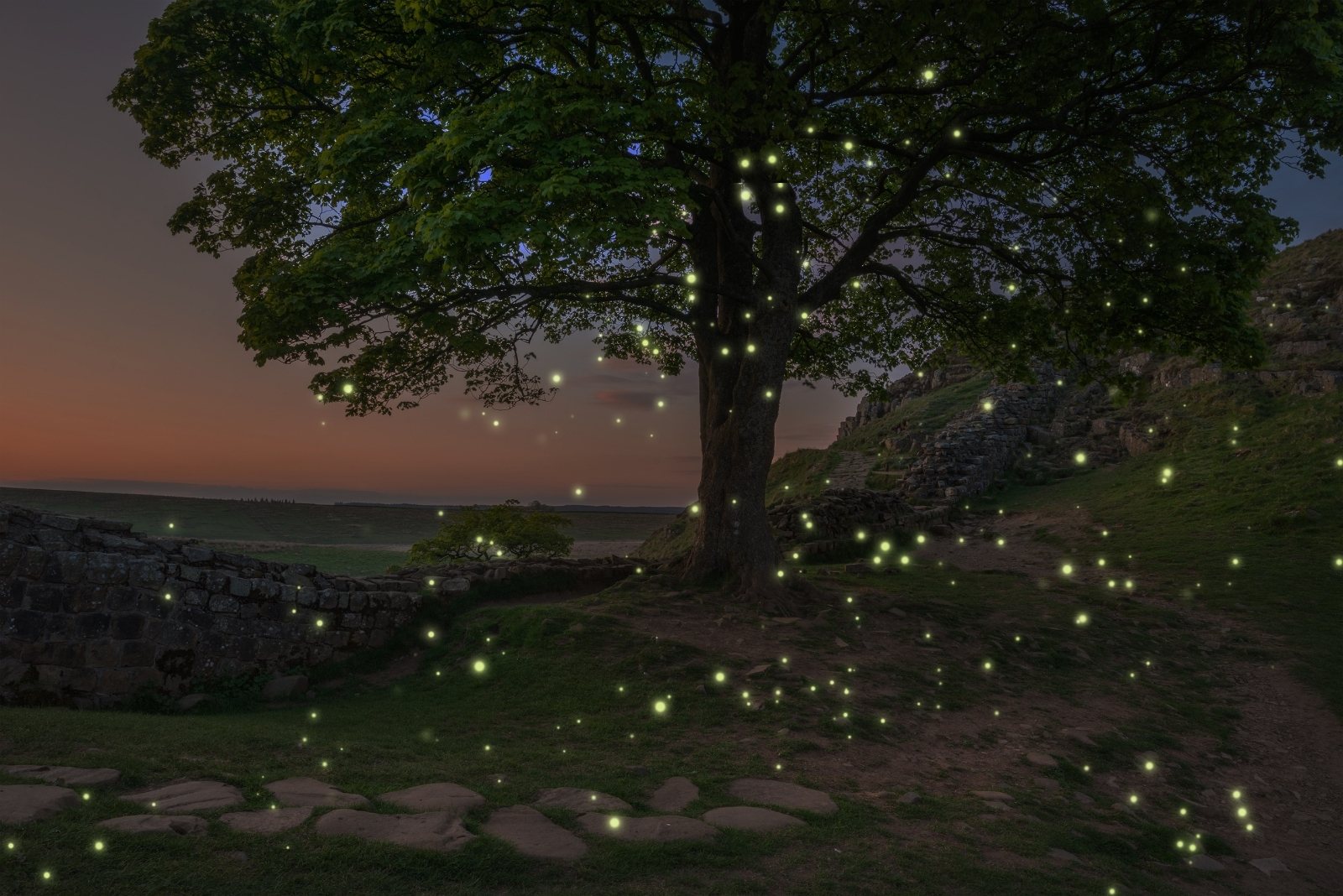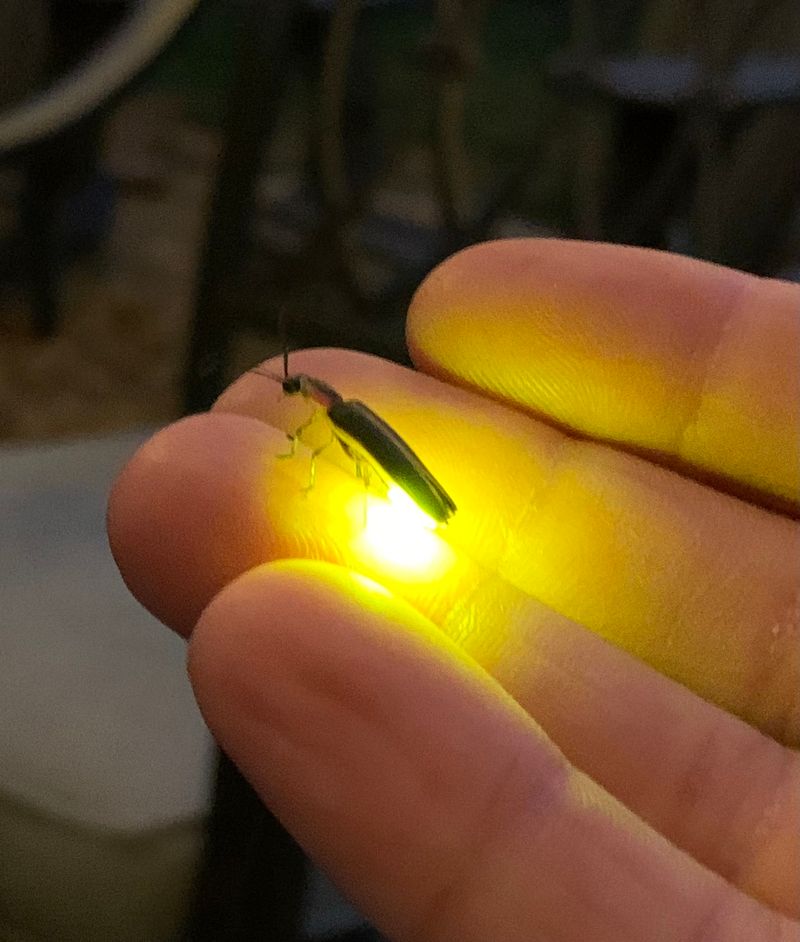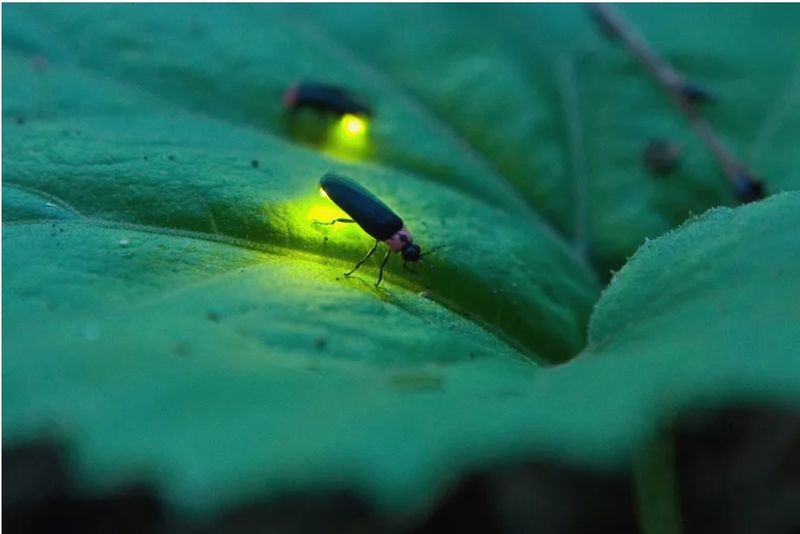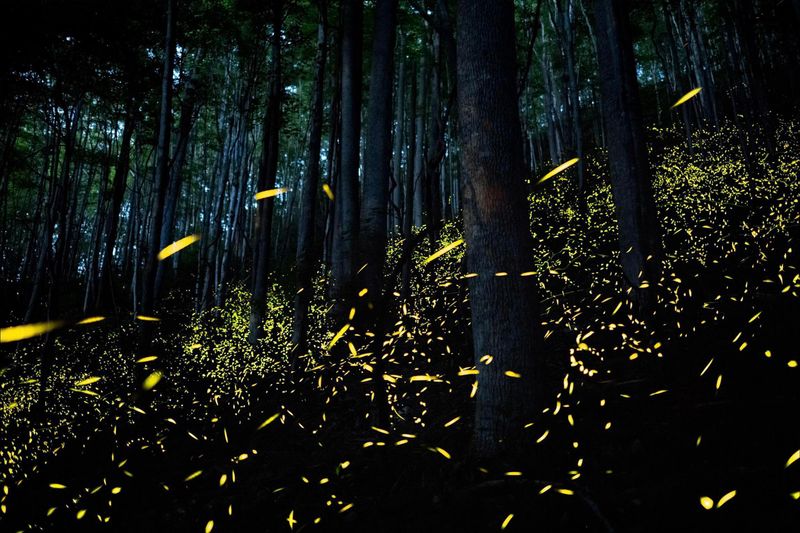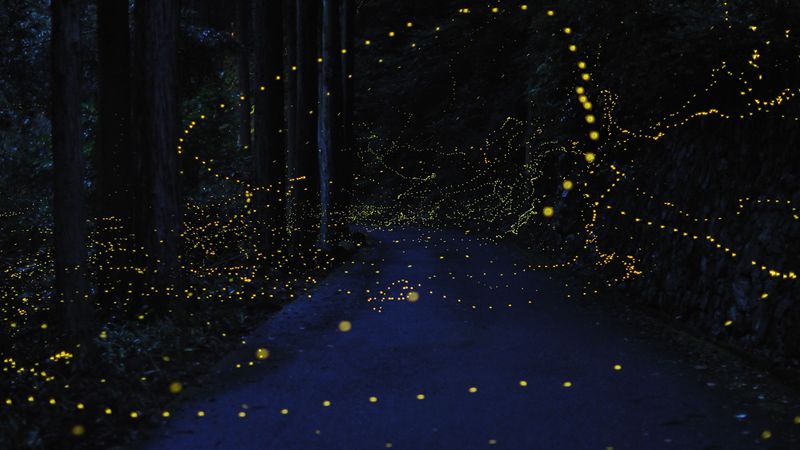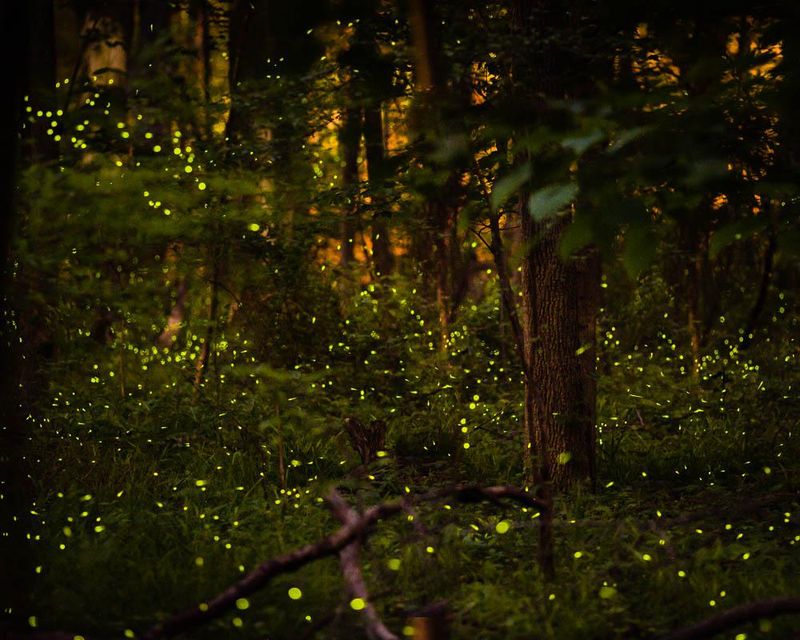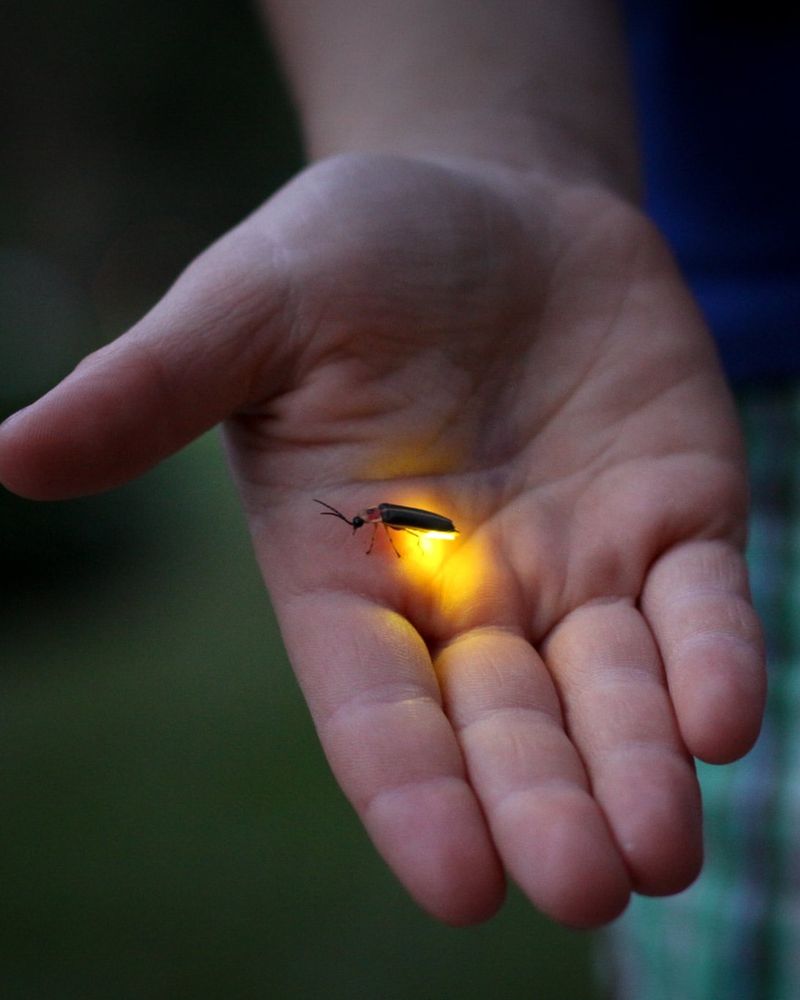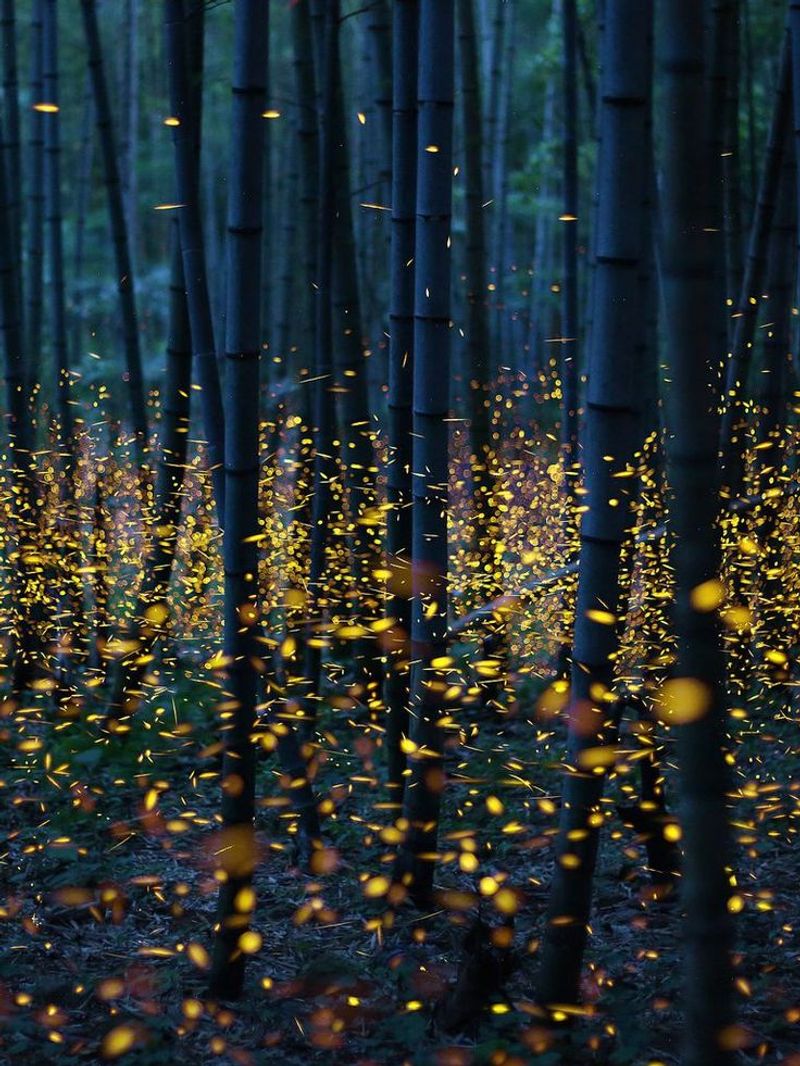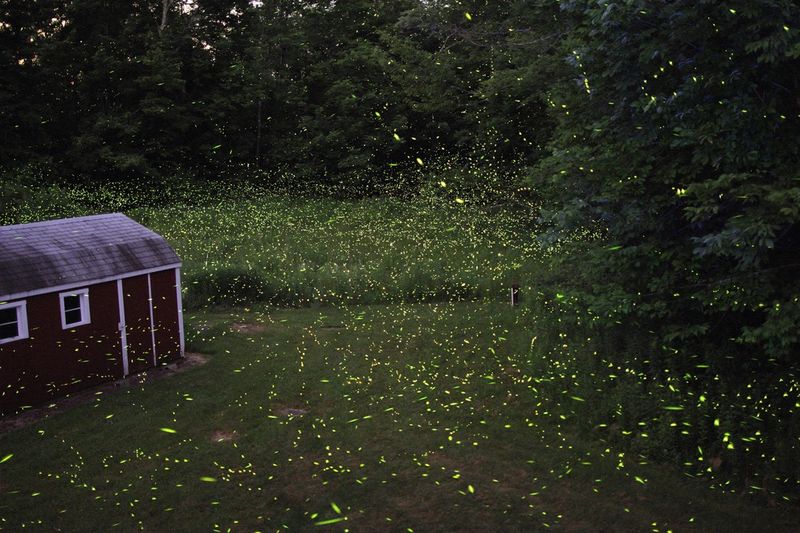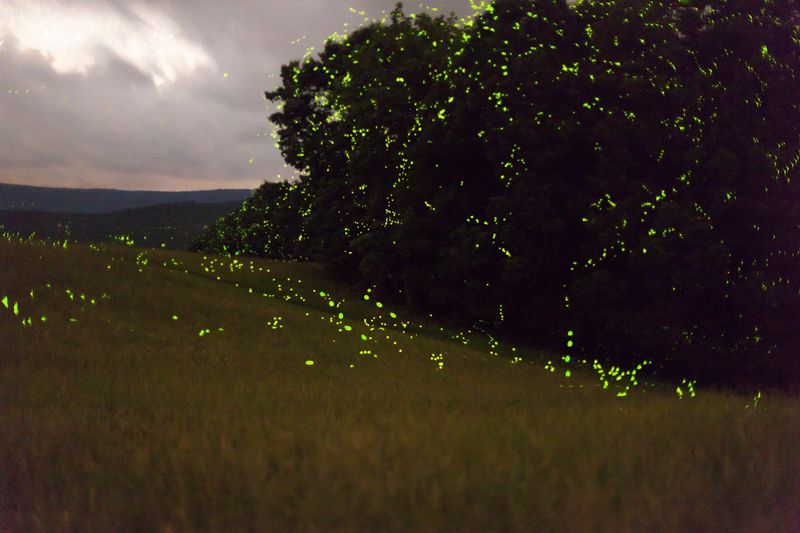There’s something magical about seeing fireflies light up a Washington evening, but their numbers are quietly shrinking. Changes in habitat, climate, and light pollution are all part of the story.
Understanding these reasons can help gardeners protect these glowing visitors. Here are 9 surprising reasons fireflies are fading in Washington.
1. Light Pollution Disrupts Their Communication
Artificial lights from cities and neighborhoods mess with how fireflies talk to each other. Males flash specific patterns to attract females, but streetlights and porch lights drown out their signals. Washington’s growing urban areas create bright skies that confuse these beetles.
Without darkness, fireflies can’t find mates successfully. This leads to fewer baby fireflies each year, shrinking populations across the state.
2. Pesticide Use in Gardens and Farms
Chemicals sprayed on lawns and crops don’t just kill pests—they harm fireflies too. Many homeowners in Washington use pesticides without realizing the damage. Firefly larvae live in soil for up to two years, absorbing whatever’s around them.
When toxic chemicals seep into the ground, young fireflies die before becoming adults. Even organic gardens nearby can’t escape drift from neighboring properties.
3. Loss of Natural Wetland Habitats
Fireflies need moist environments to survive, and wetlands provide perfect conditions. Development projects across Washington have drained marshes and swamps to build homes and businesses. These areas once supported thriving firefly populations.
Without wet soil, firefly larvae can’t develop properly. Females also lay eggs in damp grass, so losing wetlands means losing nurseries for future generations.
4. Climate Change Affects Their Life Cycle
Rising temperatures and unpredictable weather patterns throw off firefly timing. Washington’s summers are getting hotter and drier, making it harder for larvae to survive in soil. Fireflies emerge based on temperature cues that are now unreliable.
Droughts dry out the moist environments they depend on. When conditions aren’t right, adults don’t emerge, or they appear at the wrong times to mate.
5. Excessive Lawn Mowing Destroys Their Homes
Perfectly manicured lawns might look nice, but they’re terrible for fireflies. Frequent mowing in Washington yards kills larvae hiding in tall grass and leaf litter. These beetles need undisturbed areas to complete their growth.
Short grass also dries out faster, removing the moisture fireflies require. Leaving sections of your yard unmowed creates safe havens where fireflies can thrive naturally.
6. Decline in Snail and Slug Populations
Firefly larvae are predators that feast mainly on snails, slugs, and worms. When people use slug bait and pesticides in Washington gardens, they eliminate the fireflies’ food source. No food means larvae starve before reaching adulthood.
Healthy ecosystems need balance, and removing one species affects others. Protecting slugs might sound odd, but it helps keep fireflies around for everyone to enjoy.
7. Urban Development Removes Forested Areas
Trees and forests provide shelter and darkness that fireflies need to thrive. As Washington cities expand, developers clear wooded areas for housing and roads. These construction projects destroy generations of firefly habitat in just days.
Forests also maintain humidity levels and block harsh winds. Once trees disappear, the microclimate changes, making conditions unsuitable for sensitive firefly populations throughout the region.
8. Water Pollution Harms Aquatic Larvae
Some firefly species have larvae that live in streams and ponds. Runoff from roads and farms carries chemicals into Washington’s waterways, poisoning these aquatic environments. Contaminated water kills larvae before they can mature.
Fertilizers cause algae blooms that reduce oxygen levels. Even small amounts of pollution can devastate entire populations living in creeks and ditches across the state.
9. Lack of Public Awareness and Conservation Efforts
Many Washington residents don’t realize fireflies are struggling or what they can do to help. Without education, people continue harmful practices like over-lighting and chemical use. Conservation programs for fireflies remain rare compared to other endangered species.
Simple changes like reducing outdoor lights and planting native vegetation make huge differences. Spreading awareness encourages communities to protect these magical insects for future generations.

